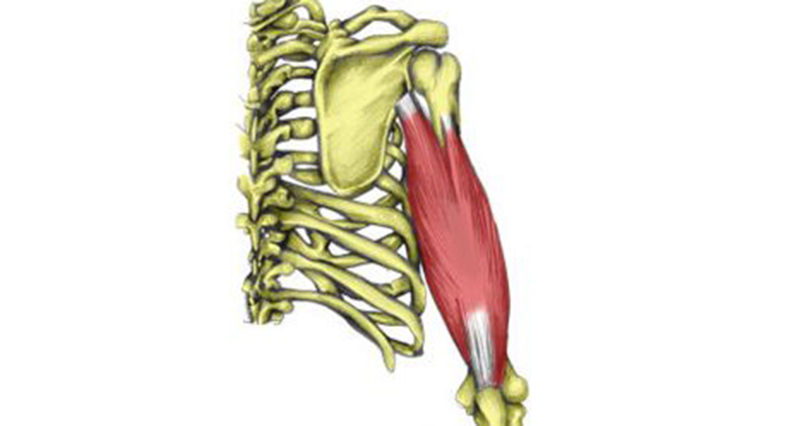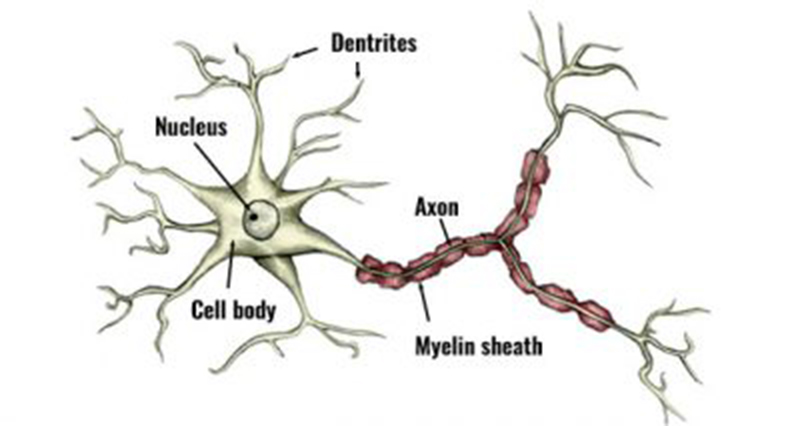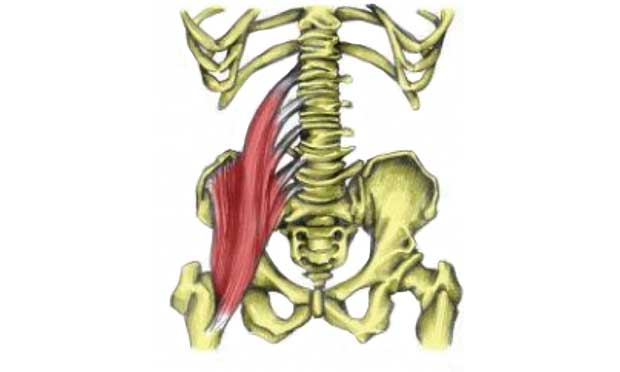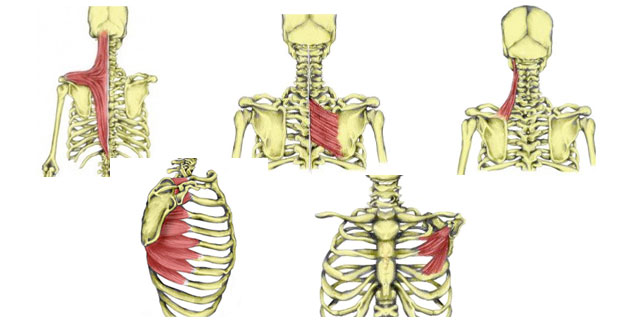The different skeletal muscle shapes in the human body are circular, convergent, parallel, pennate, and fusiform.
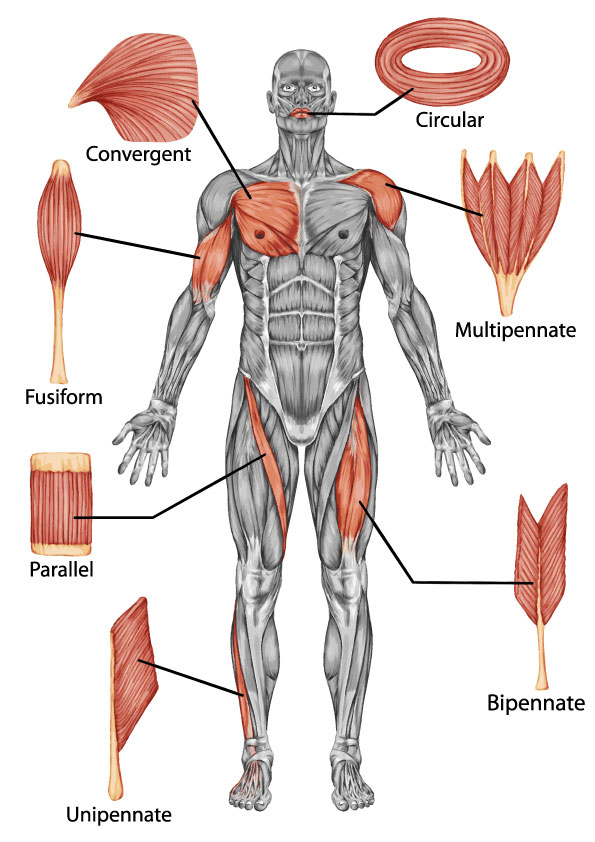
Circular Muscles
These muscles appear circular in shape and are normally sphincter muscles that surround an opening such as the mouth, surrounded by Obicularis Oris and Obicularis Oculi surrounding the eyes
Convergent Muscles
These are muscles where the origin (the attachment to a fixed bone, usually the proximal attachment) is wider than the point of insertion. This fibre arrangement allows for maximum force production. An example is Pectoralis Major. Convergent muscles are also sometimes known as triangular muscles.
Parallel Muscles
Parallel muscles have fibres that, as the name suggests, run parallel to each other and are sometimes called strap muscles.
- They are normally long muscles which cause large movements, and are not very strong but have good endurance.
- Examples include Sartorius and Sternocleidomastoid.
- Some textbooks include Fusiform muscles in the parallel group.
Pennate Muscles
Pennate muscles have a large number of muscle fibres per unit and so are very strong, but tire easily. They can be divided into:
- Unipennate: These muscles have their fibres arranged to insert in a diagonal direction onto the tendon, which allows great strength. Examples include the Lumbricals (deep hand muscles) and Extensor Digitorum Communis (wrist and finger extensor)
- Bipennate: Bipennate muscles have two rows of muscle fibres, facing in opposite diagonal directions, with a central tendon, like a feather. This allows even greater power but less range of motion. An example is the Rectus Femoris
- Multipennate: As the name suggests Multipennate muscles have multiple rows of diagonal fibres, with a central tendon that branches into two or more tendons. An example is the Deltoid muscle which has three sections, anterior, posterior, and middle.
Fusiform Muscles
Sometimes, included in the parallel muscle group, these muscles are more spindle-shaped, with the muscle belly being wider than the origin and insertion. Examples are, Biceps Brachii and Psoas major.


